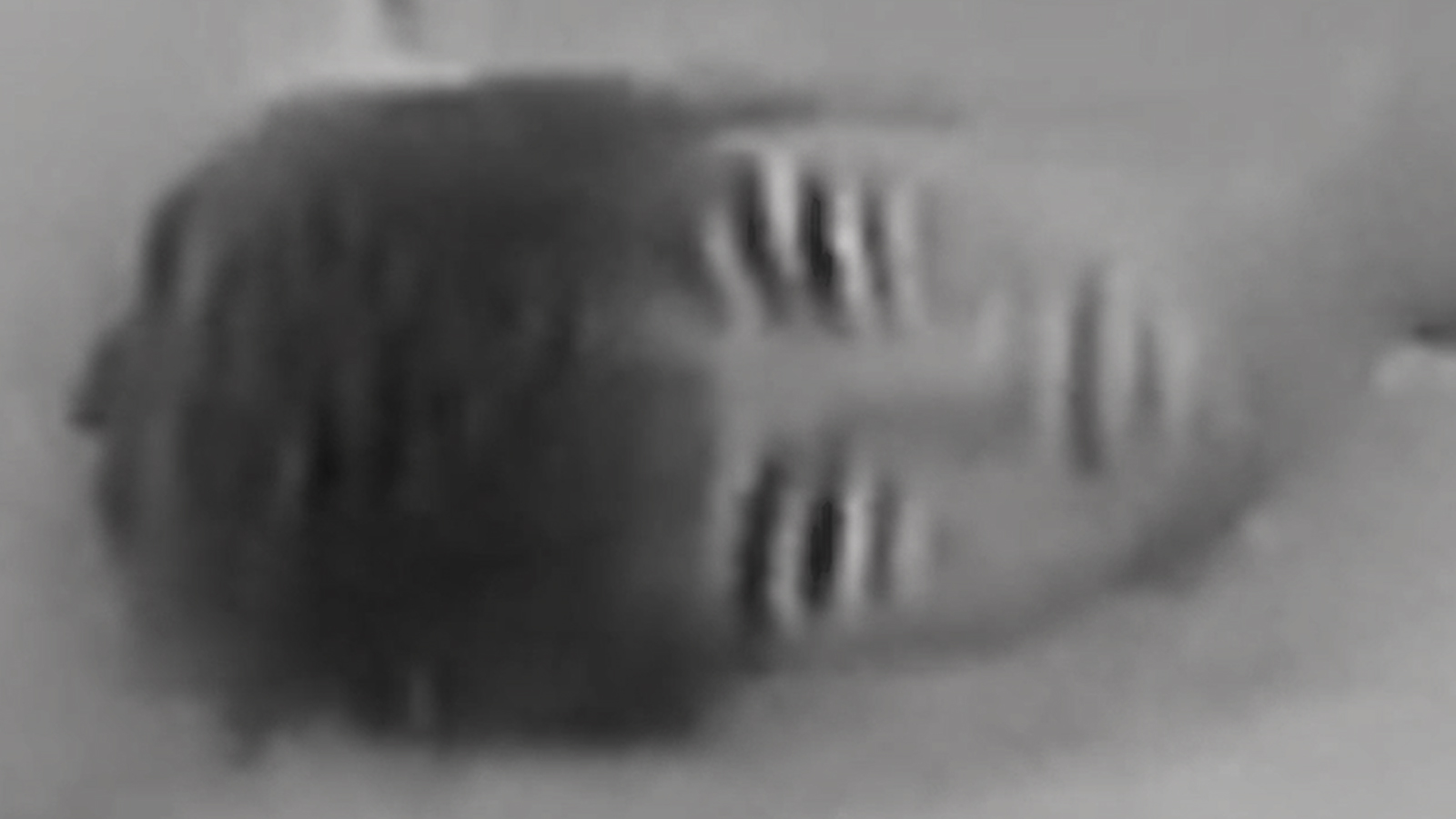CAM in Motion: 'Manipulated ready-mades'
Film cycle 'You can't see a thing there'
Event Slider
Date
Location
Jardim GulbenkianIn the new CAM in Motion film cycle, curated by Katherine Sirois, the title ‘You can’t see a thing there’ is a slight provocation that refers to questions of visibility and perception in images in motion, conditioned by effects such as unfolding, superimposition or multiplication, defocusing, transparency, obstruction or brightness, fragmentation or pixelation.
The title of this programme is a tribute to Daniel Arasse (Alger 1944-Paris 2003) who dedicated a large part of his life as an art historian to questions of representation and the journeys of the gaze in Italian Renaissance painting. Sensitive to the dazzle aroused by painting, he developed the practice of seeking out and detecting the subtle, humorous and often hidden stories behind the wonder of what appears at first glance. In his book On n’y voit rien, published in Paris in 2000, Arasse pointed out the enigmas and games of meaning contained in artists’ compositions.
The cycle exhibits a selection of videos which, in many cases, present an experimental work involving playful alterations of performative or pre-existing visual material through the use of current technologies. It aims to offer a reflection on the paradox of analogue and digital images, between their triumphant role of showing and their simultaneous dynamics of artifice, manipulation or deterioration.
The selection offers the public a mix of pioneering works that use analogue media and manual techniques, landmarks in the recent history of video art, and recent works produced by emerging artists.
The programme is divided into three sessions organised around various technical and conceptual approaches: ‘Obstruction, Blurring and Deterioration’, from 18 May to 24 June; ‘Manipulated ready-mades’, from 26 June to 5 August; ‘Audio and visual collage’, from 7 August to 9 September.
CAM IN MOTION
CAM in Motion is an ‘outdoor’ programme that brings together a series of site-specific interventions by artists and exhibitions with works from the Collection in different spaces in the city of Lisbon and its surroundings. More info
Biographies
-
Katherine Sirois
Katherine Sirois (Montreal, 1975) is a Lisbon-based Canadian art historian and curator. In addition to writing essays for exhibition catalogues, she has authored texts on artists and artworks for museums, galleries and private collections. Most recently, she has worked with a number of young artists and curated exhibitions of contemporary art in galleries, private or public institutions and associations.
-
António Palolo
António Palolo (Évora, 1946 – Lisbon, 2000), a self-taught artist, carried out his first plastic experiments at a very young age with Joaquim Bravo, Álvaro Lapa and António Charrua. His work developed in a relationship of complicity and attention to his time, which allowed him to establish multidirected and apparently contradictory lines of research. From informalism to the avant-garde, Pop art, geometric abstractionism, hard-edge and conceptual art, Palolo has experienced an imperative need to experiment. Several of his works in painting, drawing and video are represented in the collection of CAM – Centro de Arte Moderna Gulbenkian, such as ‘Metamorfose’ (1968/1969), ‘Drawings’ (1971) or ‘Hórrido Silêncio do Teu Corpo’ (1966).
-
Francisco Novais
Francisco Novais (Lisbon, 2002) is a multidisciplinary artist who lives and works in Lisbon. He attended the specialised course in Printmaking and Screen Printing at the António Arroio Art School and graduated in Multimedia Art from the School of Fine Arts of the University of Lisbon. His works are mostly the result of collecting and manipulating archive materials, extracting hidden meanings, reconfiguring concepts or constructing imaginary landscapes that combine contrasting languages and subcultures, in a game between nostalgia and hypermodernity.
Programme
'Manipulated ready-mades'
António Palolo, 'Metamorphosis', c. 1968/1969
Francisco Novais, 'Drums', 2021
Francisco Novais, 'Untitled (Tombstones)', 2023
Credits
Curator
Katherine Sirois
